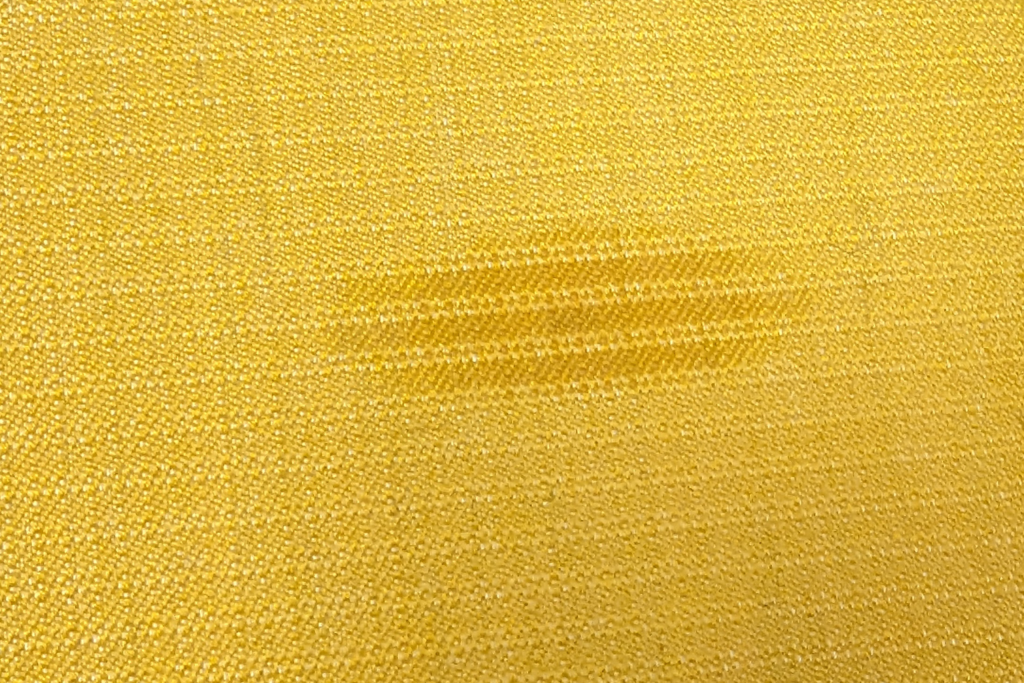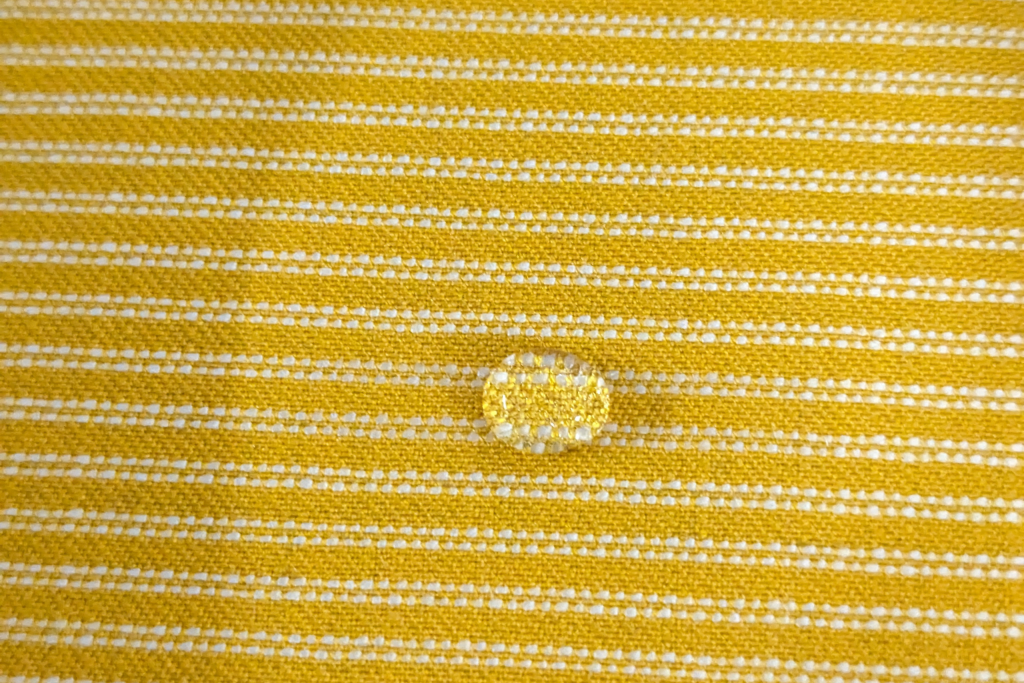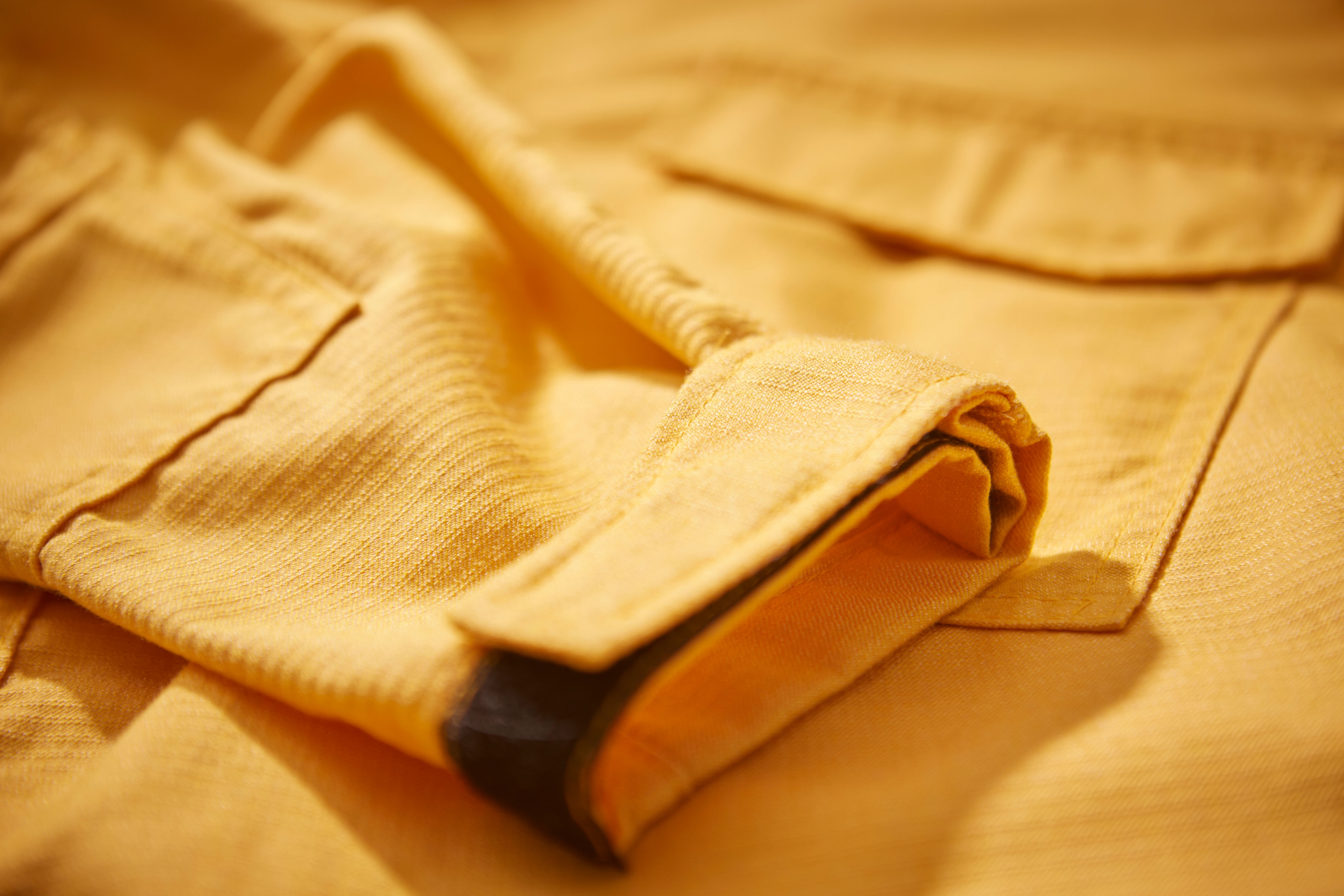When fighting wildfires, firefighter PPE needs to have very specific design requirements. Firefighters typically cover great stretches of open land while battling heat and flame, putting them at risk of overheating and exhaustion. In addition to being flame retardant, wildland PPE needs to be comfortable to wear for long stretches of physical activity and help the wearer maintain a consistent body temperature.
At Hainsworth Protective Fabrics we have found the perfect solution to meet wildland firefighters’ needs – and it’s a natural fibre. When developing our ECO-DRY wildland fabric in 2012 we landed on the revolutionary idea of combining flame-retardant meta-aramid fibres with Merino Wool and Lenzing FR (a sustainably produced cellulosic fibre).
Wool has been used to make clothing since the dawn of history – but why incorporate it into PPE garments?
More than just being soft to the touch, wool has numerous natural properties that make it an optimum performance fibre. Wool is highly durable, retains its shape well and is naturally water-repellent and odour resistant (while also having naturally fire retardant properties). But most importantly for firefighters, wool is excellent at wicking away moisture, with one of the highest water vapour adsorption levels of any textile fibre.
Moisture management is a crucial quality for wildland firefighting garments to have. If the fabric is effective at wicking away sweat, it helps to create a more regular climate next to the skin, which in turn helps the wearer to stay cool. Without moisture-wicking properties, a wildland firefighter’s PPE could cause them to overheat, putting themselves and others at risk.
Last year, Hainsworth put ECO-DRY to the test. To demonstrate the benefits offered by wool/Lenzing, we tested ECO-DRY against a prototype wildland fabric made from a 100% meta-aramid blend. Both ECO-DRY (Fabric A) and the 100% meta-aramid blend textile (Fabric B) were submitted to an accredited independent test house for RET testing – a type of fabric testing that quantifies moisture management.


In RET testing, a lower value demonstrates increased moisture transfer, which in this case means greater breathability. When testing was complete, ECO-DRY (Fabric A) was found to be 17% more breathable than Fabric B. This result indicates ECO-DRY has better moisture management properties than fabric made from a 100% meta-aramid blend.
Further testing was then carried out at James Heal in Halifax, using their state-of-the-art WickView equipment. This machine tracks and records the real-time transfer of moisture through fabric, replicating how it will perform when being worn. We found that while ECO-DRY continued to demonstrate excellent wicking properties for a flame-retardant fabric, no moisture passed through Fabric B at all. Both fabrics’ performance can be seen in the videos below.
This indicates that wildland PPE fabric made from a 100% meta-aramid blend will not let any sweat transfer through at all, making the wearer uncomfortable and putting them at risk of heat exhaustion. However, with the inclusion of Merino Wool, perspiration is drawn away from the firefighter’s skin and through the fabric, which helps them to stay at a manageable body temperature.
By selecting wildland PPE that incorporates Merino Wool fibre, fire services ensure their front-line crew are wearing kit that is tailored to meet the specific challenges of their role. With Merino Wool, firefighters keep cool and stay safe.
